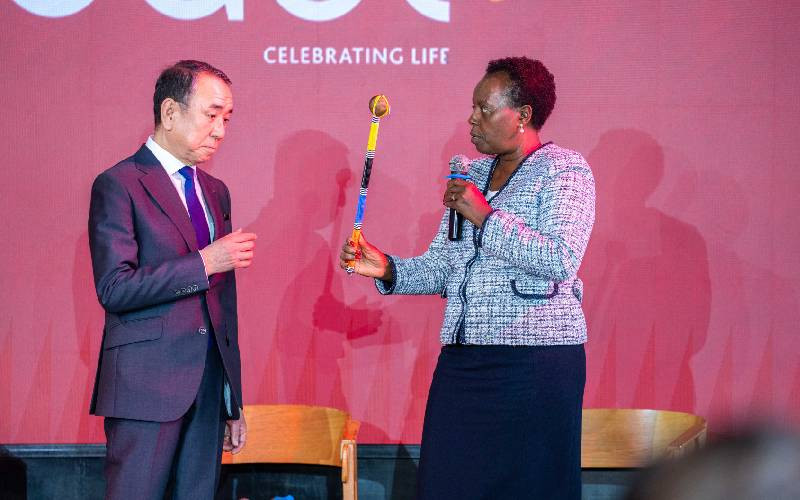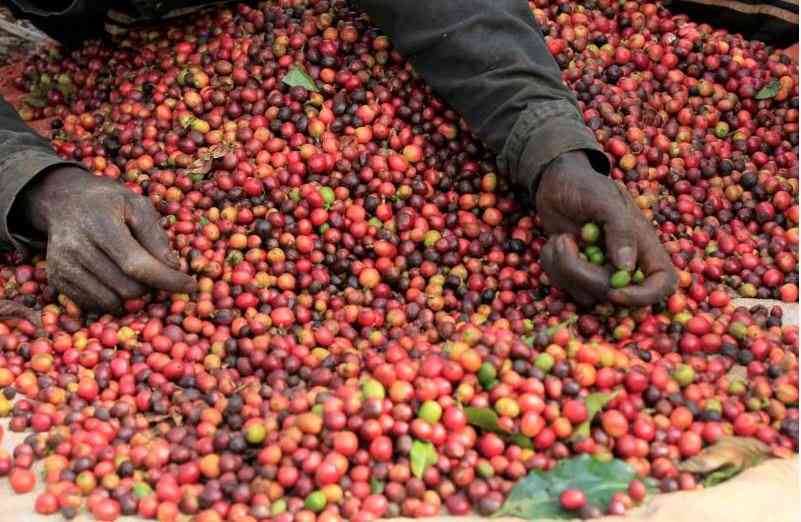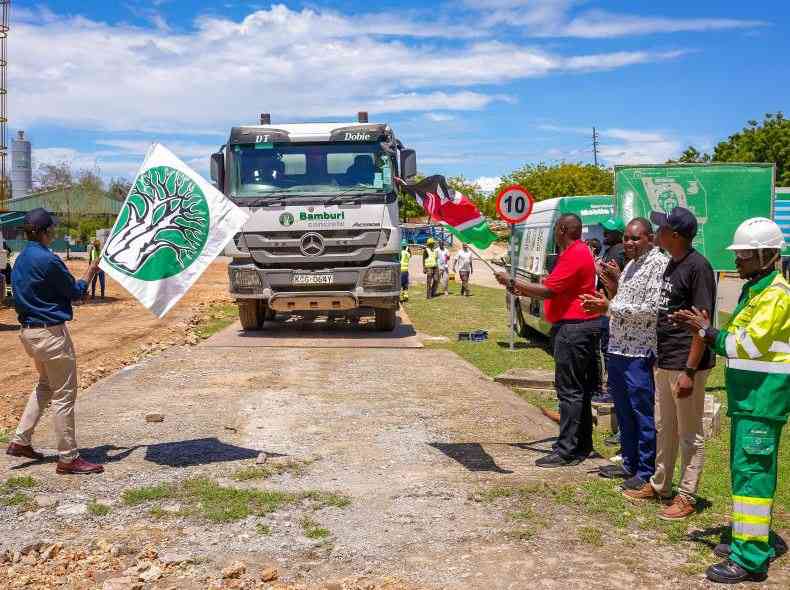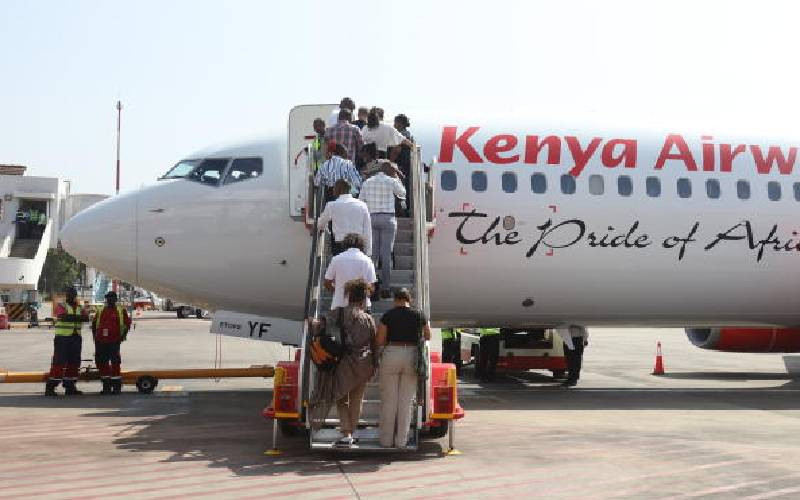×
The Standard e-Paper
Truth Without Fear
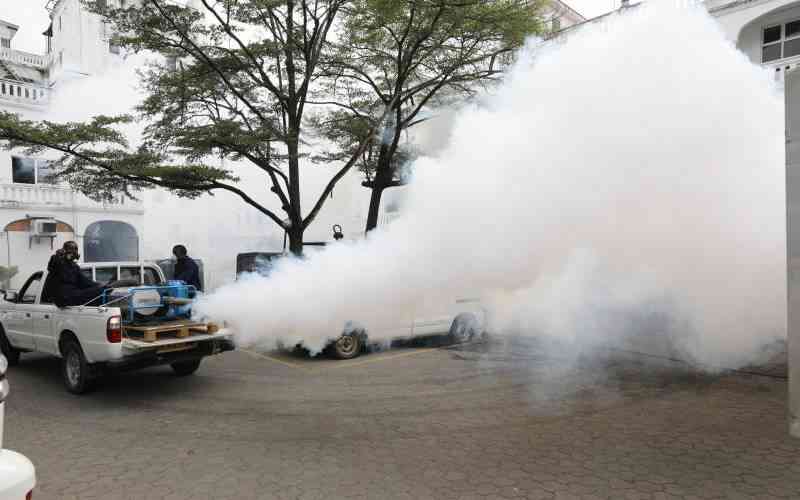
A Chikungunya outbreak has hit Mombasa County, with health officials confirming at least 25 positive cases following laboratory analysis at the Kenya Medical Research Institute (KEMRI).
The mosquito-borne virus has resurfaced amid ongoing rains, which have created widespread breeding grounds, exacerbating the situation.

